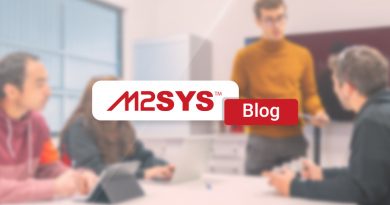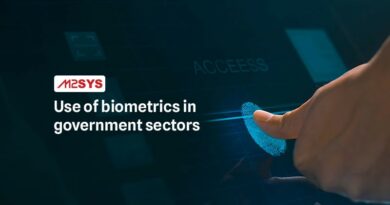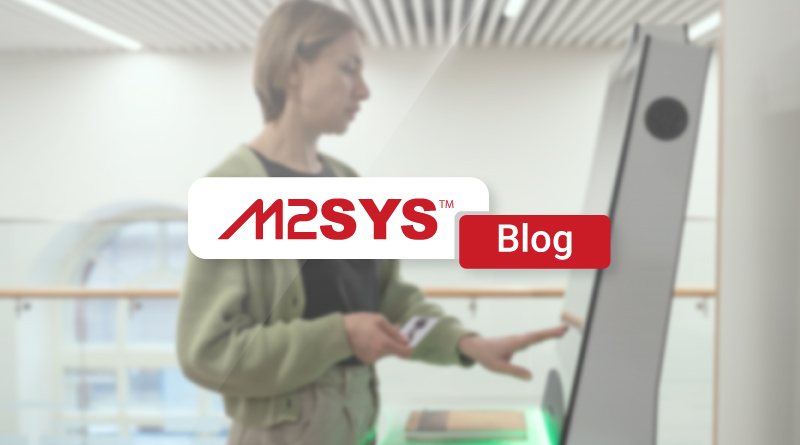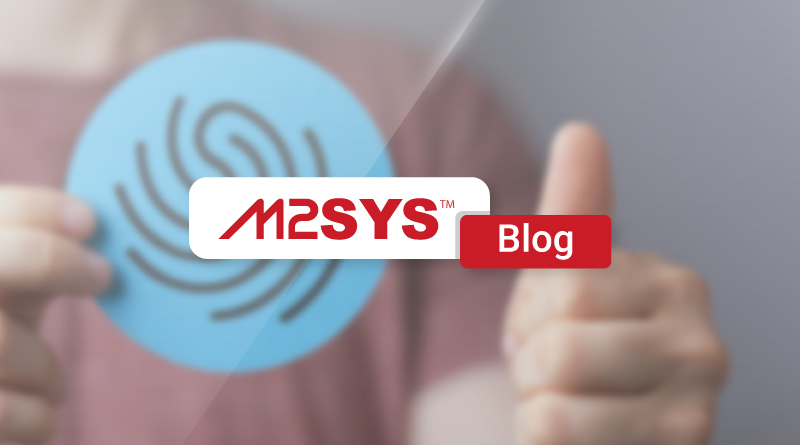Reduce Government Project Deployment Cycles for Digital Success
In the digital age, governments face challenges with long project deployment cycles, delaying essential services. M2SYS eGov offers solutions to reduce these cycles by up to 95%, enhancing efficiency and transparency. Successful implementations in Yemen and Nigeria highlight the platform's impact on digital transformation.
TL;DR
- Governments face long project deployment cycles due to bureaucratic hurdles and integration challenges, delaying essential services.
- M2SYS eGov solutions can reduce deployment times by up to 95%, enabling faster digital transformation and improved citizen services.
- Key features include rapid deployment, seamless integration, customizable solutions, and agile iterations for continuous improvement.
- Success stories from Yemen, South Carolina, and Nigeria highlight M2SYS's impact on efficiency, fraud prevention, and compliance.
- Strong government-contractor relationships are built through timely delivery and budget maximization, as seen in Turkey's national ID project.
- Accelerating digital transformation enhances workflows, security, and citizen satisfaction, crucial for modern government services.
Ready to transform your government's digital services? Contact M2SYS today to learn how we can help you achieve digital success.
Governments are rushing to offer better digital services in the fast-paced digital world of today. Unfortunately, this progress is frequently impeded by lengthy project deployment cycles. The modernization of government systems is slowed down by these delays, which also keep citizens waiting for crucial services. M2SYS eGov offers a way to break through these barriers, slashing deployment times by up to 95% and helping governments transform their digital services.
Why Are Deployment Cycles So Long?
Government projects usually take a long time because of several reasons. Bureaucratic red tape, the challenge of integrating new technology with old systems, and the need for specific customization due to regulations all play a part. These factors create lengthy cycles that can delay important services. For instance, if a new system isn’t ready in time, a government might miss a legal deadline or be unprepared for an emergency.
Take the example of Yemen’s Supreme Commission of Elections and Referendum (SCER). They worked with M2SYS to update their voter registration system, creating a database of 14 million voters. This massive project reduced election disputes and increased trust in the voting process. It shows how cutting deployment cycles can make government operations more efficient and transparent.
How M2SYS Makes a Difference
M2SYS eGovernment Solutions tackles the common challenges in government digital transformation. This platform helps agencies cut deployment cycles and quickly launch digital services, meeting the ever-changing needs of the public.
Key Features That Speed Up Deployment
- Rapid Deployment: M2SYS can reduce deployment cycles by up to 95%, which is vital for projects with tight deadlines.
- Seamless Integration: It smoothly integrates with existing systems, reducing disruptions and making transitions easier.
- Customizable Solutions: Agencies can tweak the platform to fit their specific needs and comply with regulations.
- Agile Iterations: M2SYS supports agile development, allowing for continuous improvement based on user feedback.
Success Stories Using M2SYS
In South Carolina, M2SYS helped the City of Columbia improve workforce time tracking. This upgrade reduced time theft and cut down on the need for physical infrastructure, showing how M2SYS boosts efficiency.
In Nigeria, M2SYS partnered with the Nigerian Communications Commission to create a citizen registration system. This project helped prevent fraud and ensured compliance in the telecom sector. For more insights, see our work on the Biometric Voting System.
Building Stronger Government-Contractor Relationships
For contractors, platforms like M2SYS simplify customizing and integrating systems, ensuring smoother project delivery. This approach builds trust with government clients by meeting deadlines and maximizing budgets. For example, M2SYS worked with Turkey’s General Directorate of Population and Citizenship Affairs to develop a new national ID system, issuing smart ID cards to over 80 million citizens. Explore the progress of similar initiatives like the Biometric National ID.
Unlocking Faster Digital Transformation
By reducing deployment cycles, agencies can accelerate digital transformation. This leads to better workflows, secure citizen access, and improved compliance. By focusing on value-added tasks instead of lengthy development, IT teams can improve service quality, boosting citizen satisfaction. For a broader perspective, consider the strategies outlined in Digital Government Transformation.
Embracing solutions like M2SYS eGovernment Solutions is key for governments aiming for digital success. Cutting deployment cycles helps meet public needs, adhere to regulations, and improve the citizen experience. As digital transformation continues, adopting innovative technology will be crucial for modern government services.
How-To Guide: Leveraging M2SYS eGovernment Solutions
Step 1: Understand Your Agency’s Needs
Before implementing M2SYS, identify the specific needs and challenges within your agency's current systems. This will help to tailor the M2SYS eGovernment Solutions to your requirements, ensuring compliance with regulations and service efficiency.
Step 2: Explore Integration Capabilities
Review the existing infrastructure and consider how M2SYS can seamlessly integrate with your current systems. The platform's robust integration capabilities minimize disruptions during the transition phase.
Step 3: Customize Solutions for Your Requirements
Utilize the customizable features of M2SYS to address specific agency needs. This ensures that the deployed digital services are fully compliant with local regulations and tailored to your operational requirements.
Step 4: Implement Agile Processes
Adopt an agile development approach supported by M2SYS, allowing for continuous improvements. This involves regularly collecting user feedback to make necessary adjustments to the services, enhancing user satisfaction and service efficiency.
Step 5: Review and Optimize Continuously
Regularly assess the performance of your digital services and their alignment with public and regulatory demands. This ongoing review process, supported by the platform, strengthens the agency's capability to meet evolving public needs.
For further insights into government digital transformation and utilizing cloud solutions, explore our blog on Digital Government Transformation.
Frequently Asked Questions
What is M2SYS eGovernment Solutions, and how does it help government agencies?
M2SYS eGov Solutions is a platform specifically designed to address the digital transformation needs of government agencies. It helps cut deployment cycles by up to 95%, ensuring rapid deployment of digital services while maintaining seamless integration with existing systems. This efficiency allows governments to better meet public needs and regulatory requirements.
Why are project deployment cycles typically long for government digital services?
Long deployment cycles in government are often due to bureaucratic challenges, integration difficulties with legacy systems, and the need for specific customizations to comply with regulations. These factors contribute to delays in providing critical services, which platforms like M2SYS aim to overcome.
What are the key features of M2SYS eGovernment Solutions?
The key features include Rapid Deployment, achieving up to 95% reduction in cycle times, Seamless Integration with existing systems, Customizable Solutions tailored to specific needs, and support for Agile Iterations, allowing ongoing improvements and updates based on user feedback.
Can you provide examples of successful implementations of M2SYS solutions?
Yes, several success stories include the collaboration with Yemen's SCER to update its voter registration system, and projects in South Carolina and Nigeria, improving workforce tracking and telecom compliance, respectively. For further details, explore the insights shared in our work on the Biometric Voting System.








